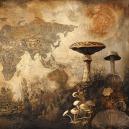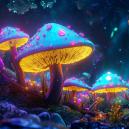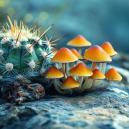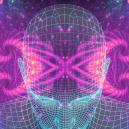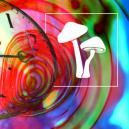Cool Video: How Magic Truffles Interact With The Brain
Published :
September 26th, 2016
Categories :
Effects

The psychedelic compound allows for new brain connections, offering a sensory stimulation that can range from visual and auditory sensations to mystical and insightful feelings. Activation of various areas of the brain provides us with an experience of expanded consciousness.
Humans have been ingesting psychedelic or "magic mushrooms" for over 9,000 years, and even today these mushrooms are used as a recreational drug. But how do they change the way our brain is working?
ASAP Science has released this clarifying video to explain the science behind the psychedelic compound - psilocybin. This is the main psychoactive ingredient in magic mushrooms or truffles. When ingested, our bodies break the psilocybin down into the active substance, psilocin.
Psilocin prevents reuptake of serotonin in the brain, meaning that there is more available to be picked up by neurotransmitters. Psilocin can also stimulate receptors in the same way that serotonin does because it has a similar chemical structure. This causes an amplified stimulation which allows you to see and perceive things without any stimulus, also known as a hallucination. The psychedelic compound allows for new brain connections, offering a sensory stimulation that can range from visual and auditory sensations to mystical and insightful feelings. Activation of various areas of the brain provides us with an experience of expanded consciousness.
ASAP Science concludes by explaining how most people who have used psilocybin find an increased sense of satisfaction and well-being in their lives. Mushrooms have no addictive properties and cause very little toxicity to other organ systems. A UK study found that mushrooms and truffles cause the least amount of damage to the individual and society compared to other recreational drugs.





